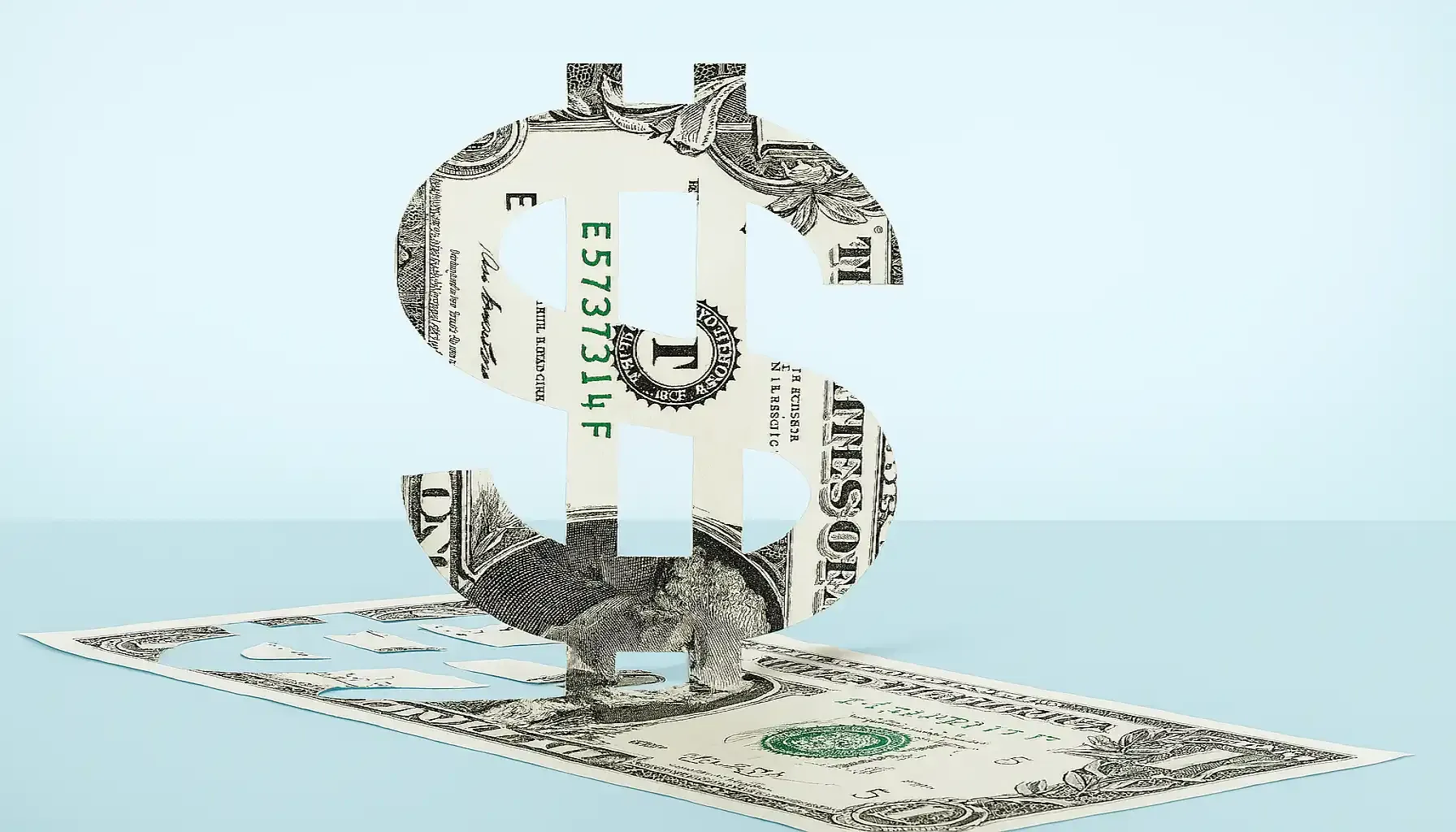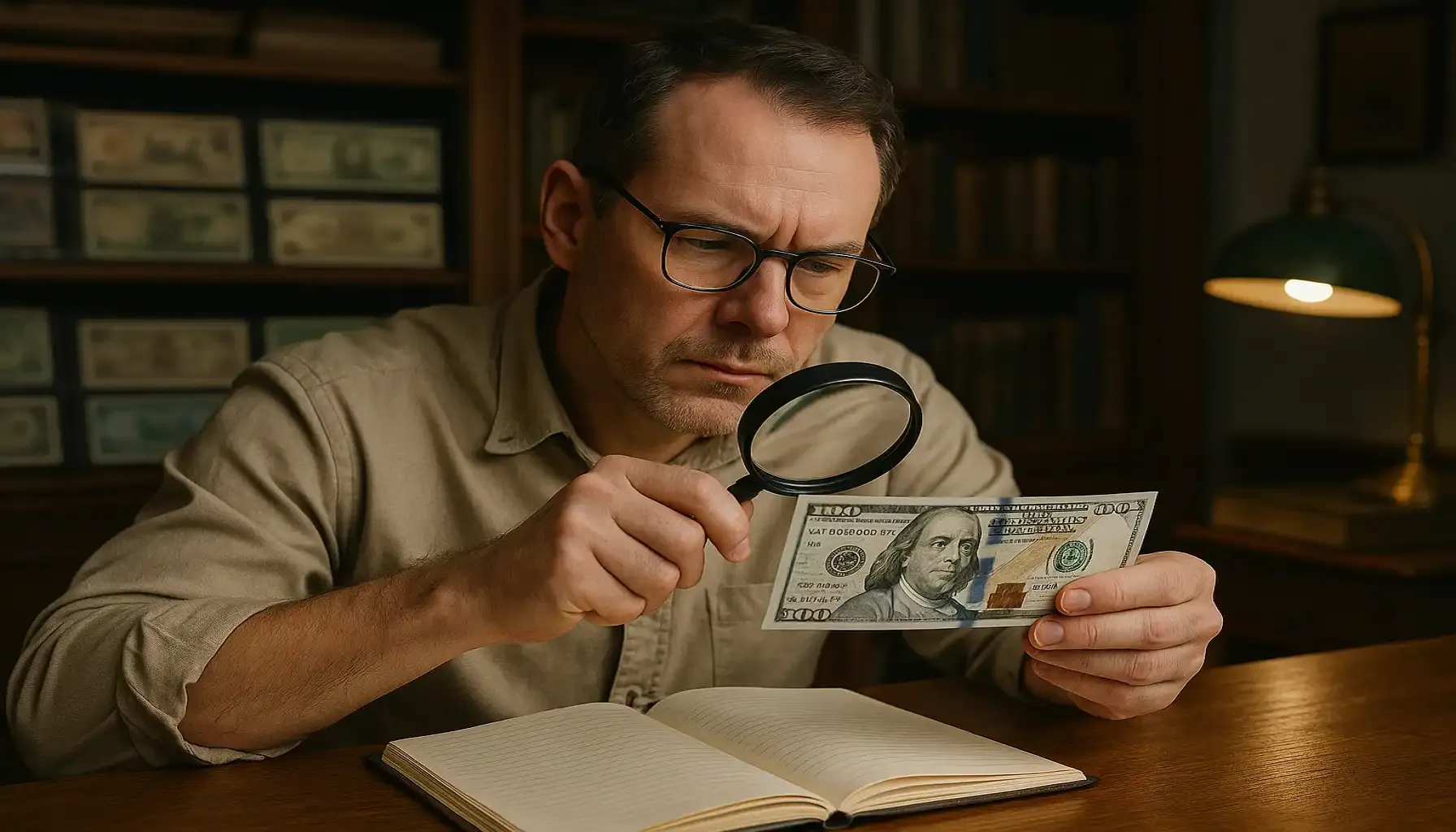Contents:
Since ancient times, people have used certain money to make purchases or exchanges. Once it all started with simple barter, later conventional designations of value appeared when people began to invent their own currency. Such ancient pieces can still be found in museums, or even purchased at various auctions.
But what is the oldest coin ever, and how much is the oldest coin worth? Today we will share with you five such examples and tell you how to identify coins and understand that you have in your hands something valuable not only in the financial sense of the word, but also rich in history and spiritual value.
Top 5 World's Oldest Coin Examples
The search for the oldest coin on Earth takes us to ancient societies. These pieces were the first that developed economies and cultures. Let us examine five of the oldest coins:
Name | Approximate Year | Origin | Material | Estimated Value |
Lydian Lion | ~600 BCE | Lydia (Turkey) | Electrum (gold-silver alloy) | $2.5 million |
Aegina Turtle | ~550 BCE | Greece | Silver | $1 million |
Ying Yuan | ~500 BCE | China | Gold | $1.2 million |
Shekel of Tyre | ~126 BCE | Phoenicia | Silver | $3 million |
Persian Daric | ~522 BCE | Persian Empire | Gold | $300,000 |
Disclaimer: Values are estimates based on recent auctions and expert appraisals. They may be changed because of different factors, e.g., market trends.
1. Lydian Lion
It is often credited as the oldest coin ever found. It originated in the Kingdom of Lydia (modern Turkey) around 600 BCE. King Alyattes introduced it to facilitate trade across the Aegean region. This innovation forever changed commerce.
The Lydian Lion, struck in electrum (a natural alloy of gold and silver), features the fierce lion’s head, a symbol of strength. Its reverse shows a simple incuse punch—a hallmark of its era.
This rare artifact is worth an estimated $2.5 million due to its historical significance and rarity.
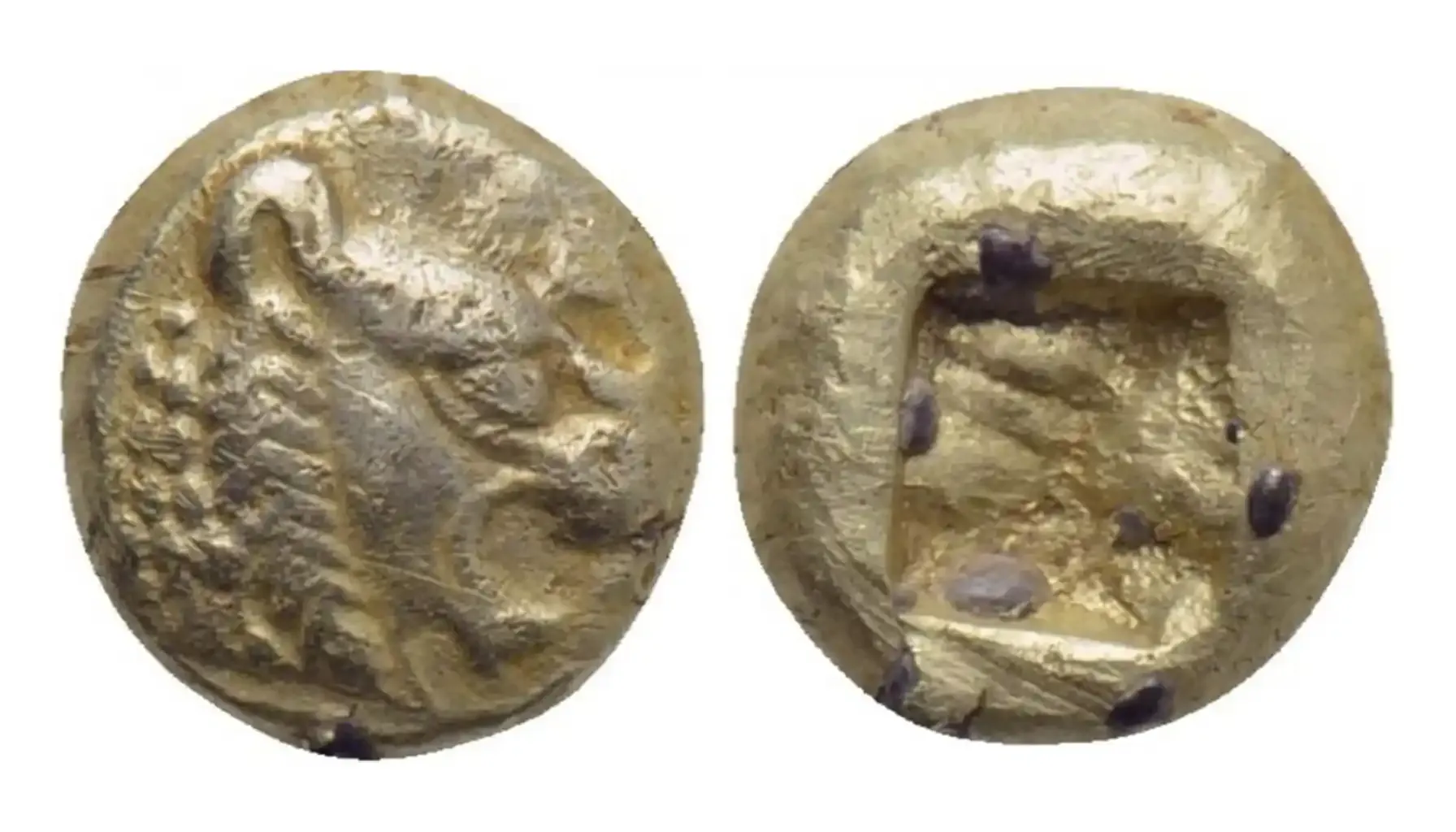
2. Aegina Turtle
Minted around 550 BCE on the island of Aegina, this example represents one of the earliest Greek currencies. Aegina’s dominance in maritime trade ensured its widespread use.
The obverse features a sea turtle, a nod to Aegina’s seafaring prowess. The reverse side shows a square incuse punch.
With its historical connections, it can cost up to $1 million in auctions.
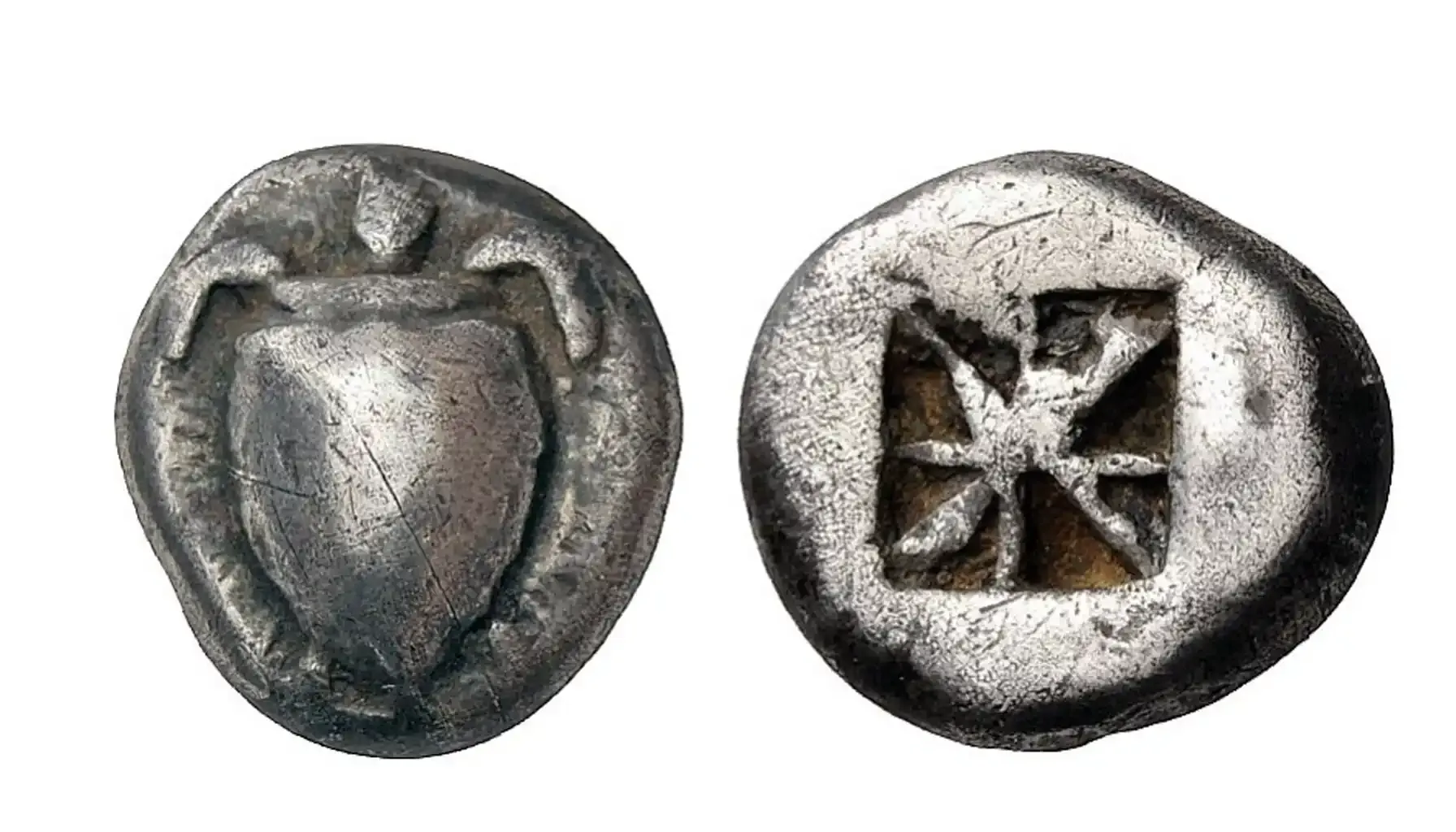
3. Ying Yuan
Ancient China’s oldest gold coin, the Ying Yuan, emerged during the Warring States period (~500 BCE). The State of Chu introduced them to standardize trade within its borders.
Unlike circular Western coins, Ying Yuan are rectangular pieces of gold, stamped with inscriptions denoting weight and value. Their simplicity belies their historical importance.
Collectors value them at approximately $1.2 million for well-preserved specimens.

4. Shekel of Tyre
Known for its biblical connections, the Shekel of Tyre was minted in Phoenicia around 126 BCE. It was important for ancient trade and religious transactions, particularly in Jerusalem.
The obverse shows Melqart, a Phoenician god, while the reverse depicts an eagle perched on a ship’s prow. Its silver content was unmatched for its time.
As a coveted piece of history, it is valued at up to $3 million.
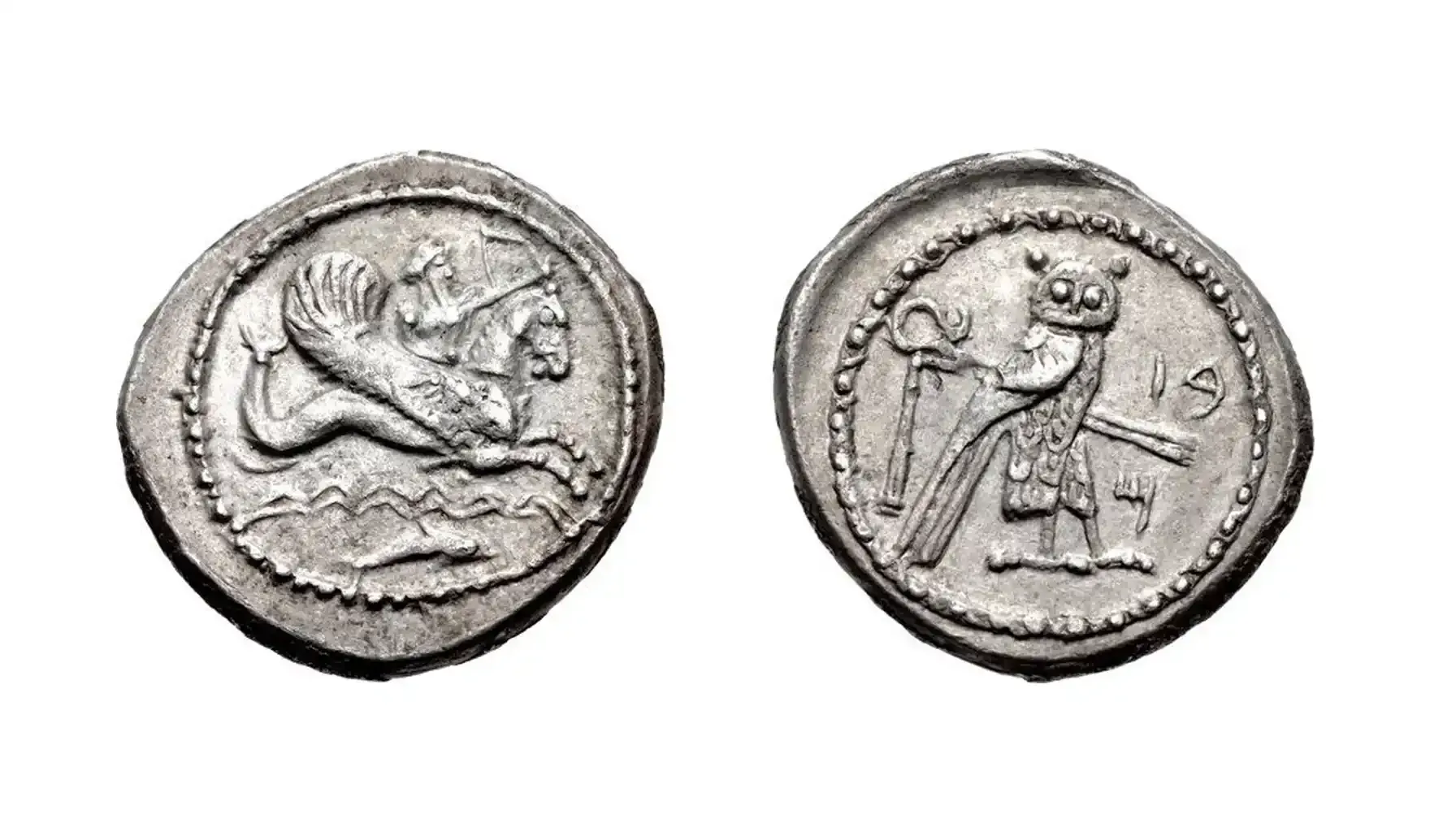
5. Persian Daric
Introduced by Darius I around 522 BCE, the Persian Daric set a high standard for gold currency. It became a unifying medium across the vast Persian Empire.
It features a kneeling archer holding a bow and spear. The Daric symbolizes Persia’s military and economic power.
Although more common than other ancient coins, its historical resonance keeps its value around $300,000.
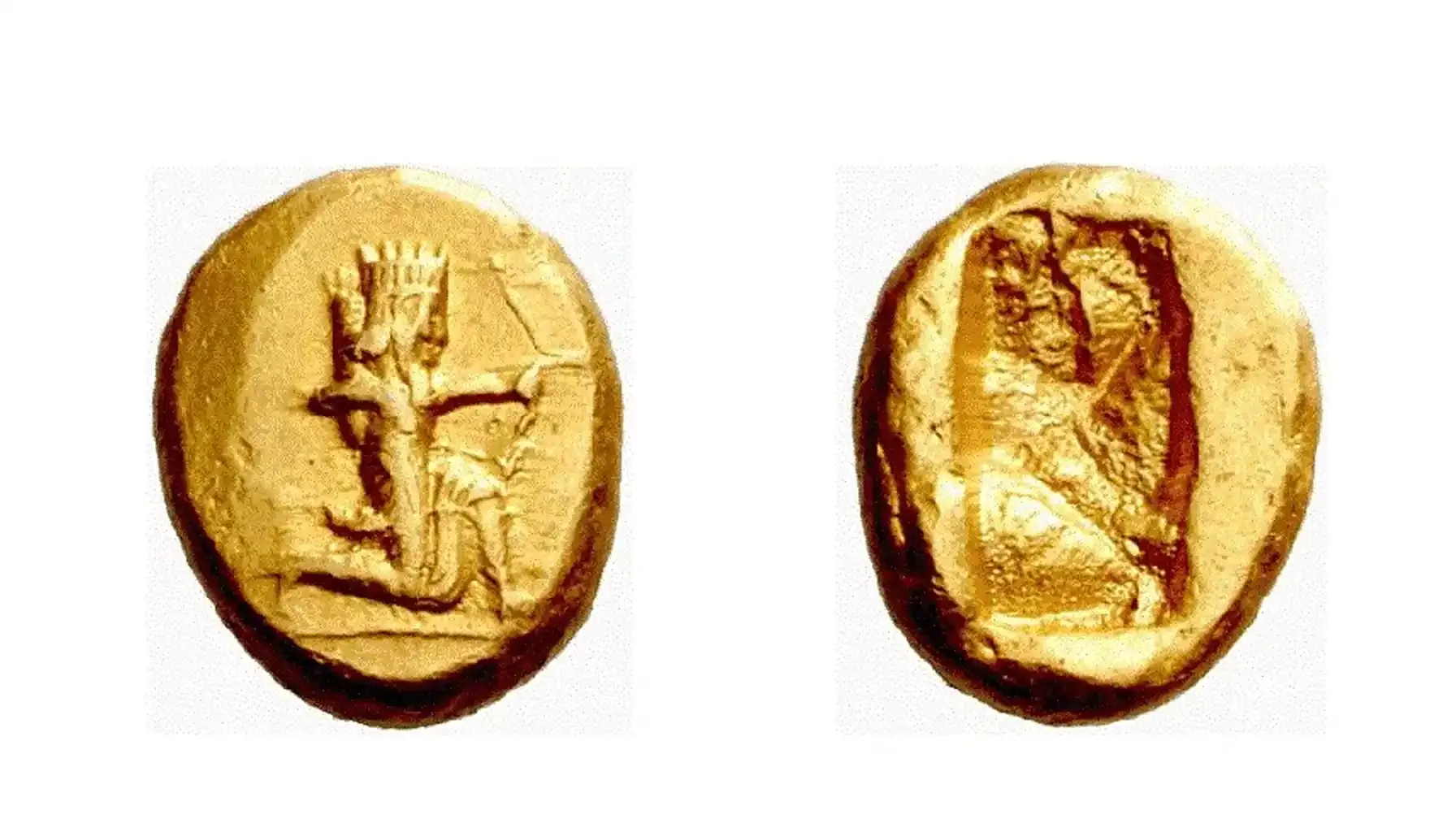
American Numismatic Pieces
The oldest coin found in America includes Spanish doubloons and colonial coppers. However, the oldest US coin in circulation, the 1793 Chain Cent, is an American proud. Its chain design symbolizes unity among the original 13 states. Let us talk about it in more detail.
Related article: 1776 to 1976 Bicentennial Quarter.
Oldest Coins in the United States
When it comes to American coinage, the oldest coin in the US is the 1793 Chain Cent, the first official piece minted by the United States under the Coinage Act of 1792.
The 1793 Chain Cent was the beginning of American coinage production at the Philadelphia Mint. Its design, which shows a linked chain, symbolized the unity of the newly formed states. However, the public perceived the chain as a symbol of bondage that led to its replacement by the Wreath Cent later that year.
The obverse of the Chain Cent features a Liberty head with flowing hair, as a symbol of freedom and progress. The reverse shows a chain of 15 links, as the number of states in the Union at the time. This minimalist design reflects the fledgling nation’s aspirations.
Today, the 1793 Chain Cent is a prized collectible, with well-preserved examples costing up to $500,000 at auctions. Its history and scarcity make it a desirable piece of American numismatic collections.
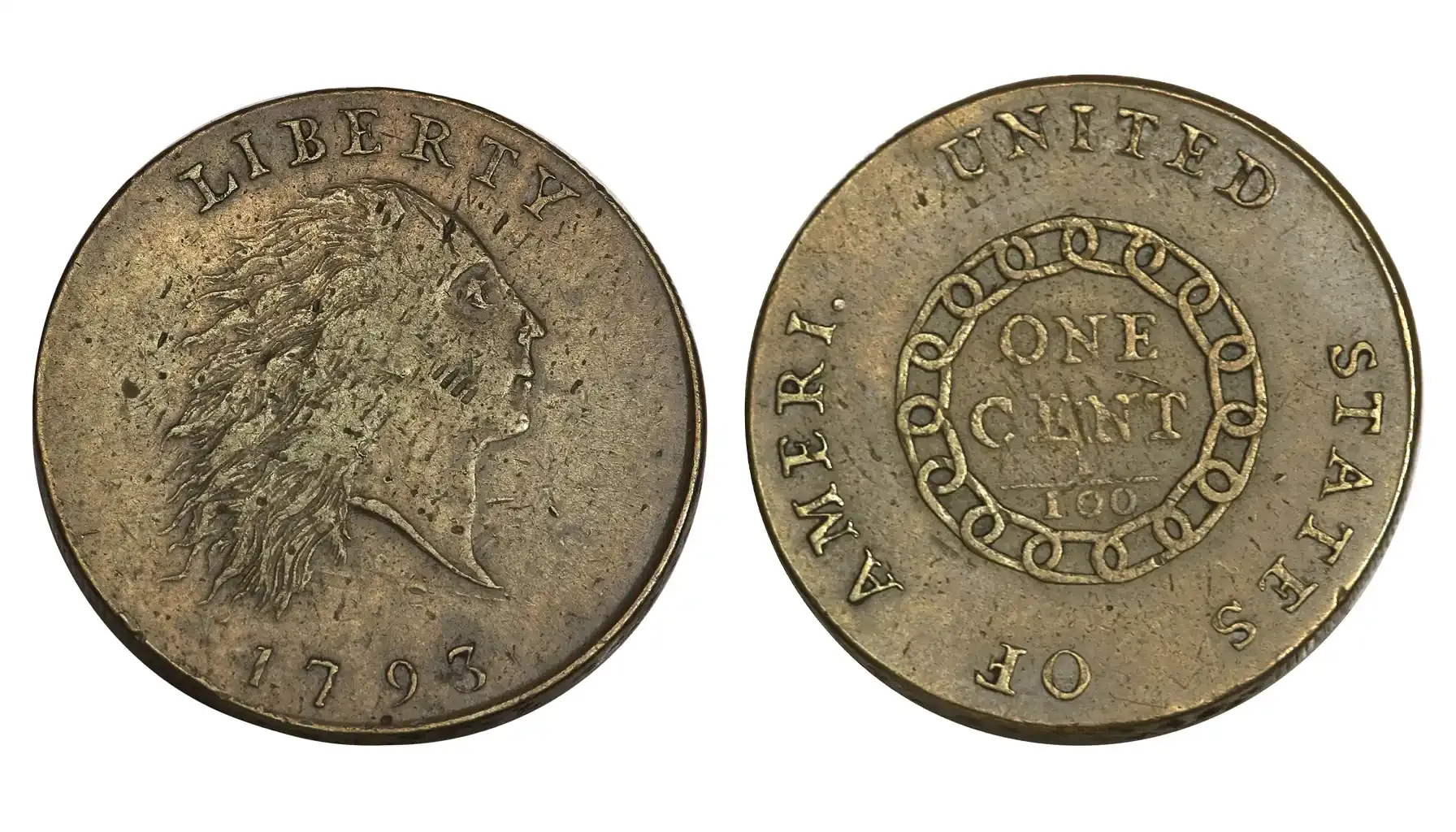
Other notable early American coins include the 1792 Half Disme, believed to be the first one struck for the United States, and the 1794 Flowing Hair Dollar, which holds the distinction of being the first silver dollar minted in the country.
What Is the Oldest Coin in the World Worth and How to Check It?
The world oldest coin, the Lydian Lion, is worth an estimated $2.5 million. Factors like rarity, condition, and provenance dictate these values. To evaluate coins accurately, collectors often use the Coin ID Scanner app, a tool for grading and appraisal. The use is simple: take a photo of your piece, upload it in the app, and it will give you information you need, e.g., size, prices, weight, etc.
Where to Find the Oldest Coin in the World for Sale
For collectors, it is important to understand where they can get the pieces that they want. Ancient relics rarely surface and often appear only in prestigious auctions like those held by Sotheby’s or Christie’s. When they do, the excitement is palpable, as these events bring together people who recognize the profound value of owning a piece of early human history, even if they are rather expensive.
Coins like the Lydian Lion or Shekel of Tyre, with their remarkable provenance, artistry, and rarity, have high prices. The Lydian Lion, for instance, can fetch upwards of $2.5 million, while the Shekel of Tyre has reached $3 million at past auctions. But if a collector gets such a relic, they gain self-confidence as a specialist who values history, and for this they are respected by other professionals.
If you are unable to compete at high-stakes auctions, reputable dealers often offer opportunities to own less famous but equally ancient coins, e.g., a Roman denarius, a Persian Daric, or a Greek drachma.
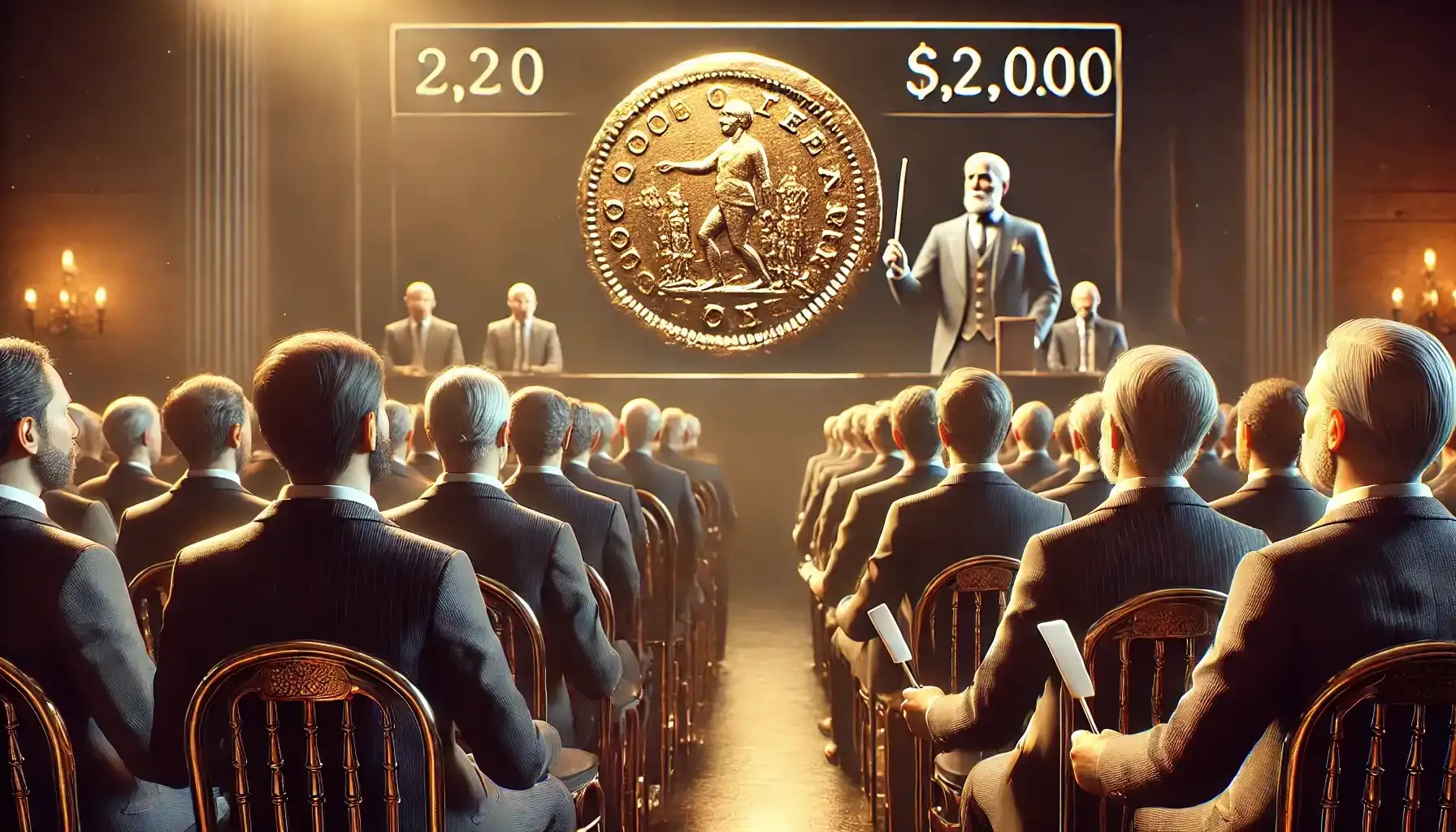
Honorable Mentions
Oldest Quarter Coin: The 1796 Draped Bust Quarter, an American classic.
Oldest Israeli Coin: Coins from the First Jewish Revolt (66-70 CE).
Oldest Coin in the US: The 1793 Chain Cent remains a valuable piece of American history.
Oldest Coin on Earth: The Lydian Lion continues to intrigue scholars and collectors as well.
Regardless of the oldest coin price, owning one will bring a sense of joy and pride to the collector. So if you want to expand your collection with such influential examples, go for it without any hesitation.
If you are more interested in American standard but historical coins, visit our blog and learn more about them.

